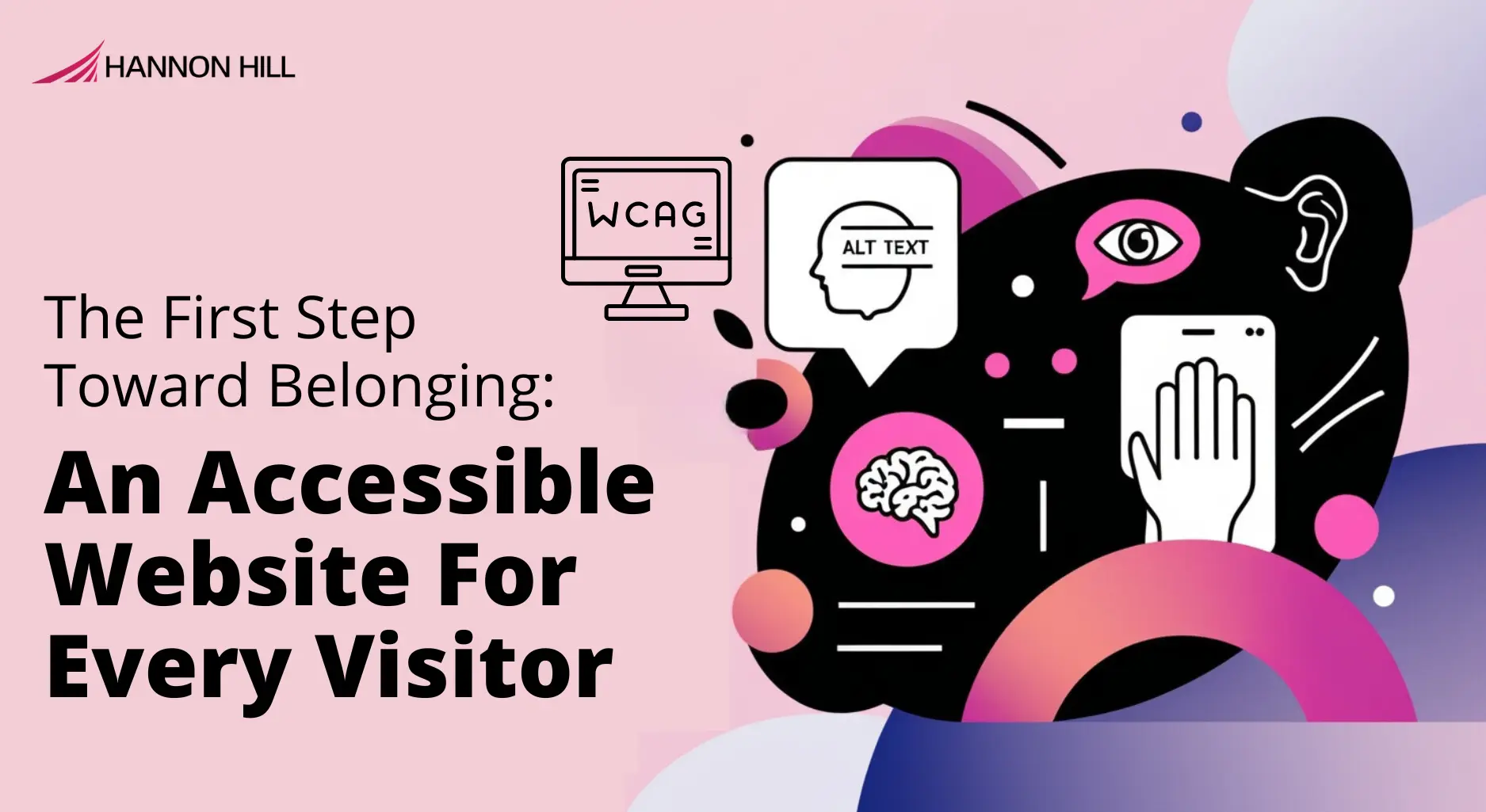
Web accessibility is a critical factor for institutions striving to create inclusive digital spaces.
Colleges and universities are increasingly recognizing that accessible websites are not only essential for compliance but also fundamental to providing an excellent user experience for all users, including those with disabilities or learning differences.
When students are making decisions about how quickly they can find information, content that is ADA-compliant is also just as important.
This article explores the importance of accessibility on higher-ed websites, provides best practices, and introduces how our new Native On-Page Accessibility Checker, is paving the way for more inclusive web experiences.
More than one billion people, or 16% of the world’s population, experience some form of disability, according to the World Health Organization.
In higher education, ensuring website accessibility isn’t just about checking a compliance box—it’s about creating equitable access to information and resources.
The Americans with Disabilities Act (ADA) and the Web Content Accessibility Guidelines (WCAG) outline clear standards that institutions need to follow. However, accessibility goes beyond legal requirements.
An accessible website makes it easier for everyone to engage with content, navigate information, and complete essential tasks such as registering for classes or applying for financial aid.
And in a time where the enrollment cliff is making a real impact on how colleges are making their institutional goals, it's important that no student is left behind.
Ensuring web content remains accessible is no easy feat. Accessibility standards are constantly evolving, and higher ed institutions face challenges related to decentralized content management, limited resources, and non-technical staff responsible for creating content.
Common accessibility issues include:
Meeting these challenges requires institutions to adopt the right tools to create accessible content from the ground up.
To further enhance accessibility efforts, Hannon Hill is excited to introduce the Native On-Page Accessibility Checker in Cascade CMS Cloud.
This new feature ensures that web teams can identify and address accessibility issues early—before content goes live.
Powered by the Axe® accessibility engine, this checker is a game-changing tool that scans web pages in real-time, identifying issues according to multiple accessibility standards, including:
It even incorporates best practices and experimental rules, ensuring that institutions stay ahead of accessibility trends.
Imagine this: A prospective student with a visual impairment is researching universities. She’s eager to explore the admissions page of your institution, hoping to find application deadlines, financial aid details, and program options.
However, without descriptive alt text for images or properly labeled buttons, her screen reader struggles to interpret key content, leaving her frustrated and unable to access essential information. She leaves the page, feeling disheartened and overlooked.
Now, picture the same scenario with the Native On-Page Accessibility Checker at work.
As soon as the admissions page is created, the checker scans it and flags missing alt text, unlabeled buttons, and low-contrast color combinations—all in real-time. With the issues prioritized by urgency, the content team quickly addresses the critical errors using the tool’s guided solutions.
The result? A seamless, accessible admissions page that meets WCAG standards and provides an inclusive experience for all visitors.
Now, that prospective student can easily navigate the site, find the information she needs, and confidently take the next step toward applying—knowing that your institution values her experience and success.
With tools like Cascade CMS and the Native On-Page Accessibility Checker, colleges and universities can make accessibility a standard part of their web strategy—not an afterthought, as it’s a fundamental part of building a better website.
Hannon Hill's commitment to creating inclusive digital experiences helps ensure that institutions remain compliant, competitive, and, most importantly, welcoming to all users.
Ready to make accessibility a seamless part of your web strategy?
Fill out the form to learn how Cascade CMS and our Native On-Page Accessibility Checker can help your institution create inclusive, user-friendly digital experiences.
Last Updated: Oct 31, 2024 11:00 AM